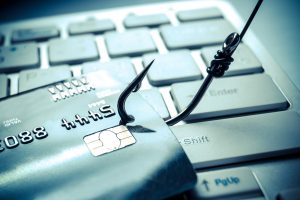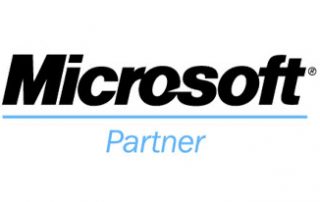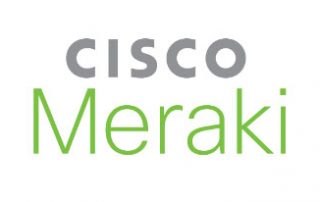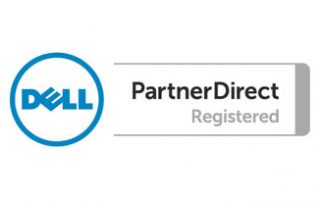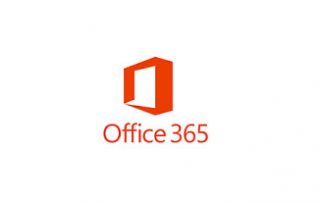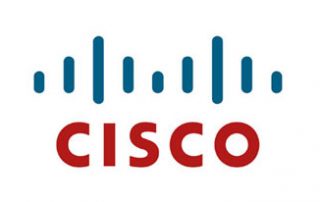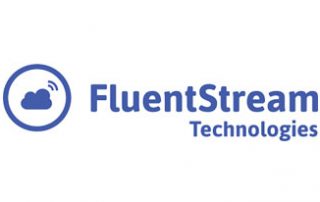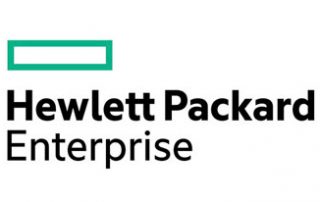Email & Spam Security
Do You Have An IT Project We Can Help With?
Email & Spam Security
Phishing & Spam Email Threats
Phishing and spam emails have been around since the inception of the Internet, and will not go away any time soon. Tech-savvy artists and identity theft carry them out online. They construct fake websites and spam emails to look identical to real sites, email and trick individual or businesses into divulging sensitive information like account passwords and credit card numbers.
Fortunately, there are different ways to avoid becoming a victim. So, how can you protect your company against these harmful attacks? Continue reading this post to learn more about phishing and spam email threats.
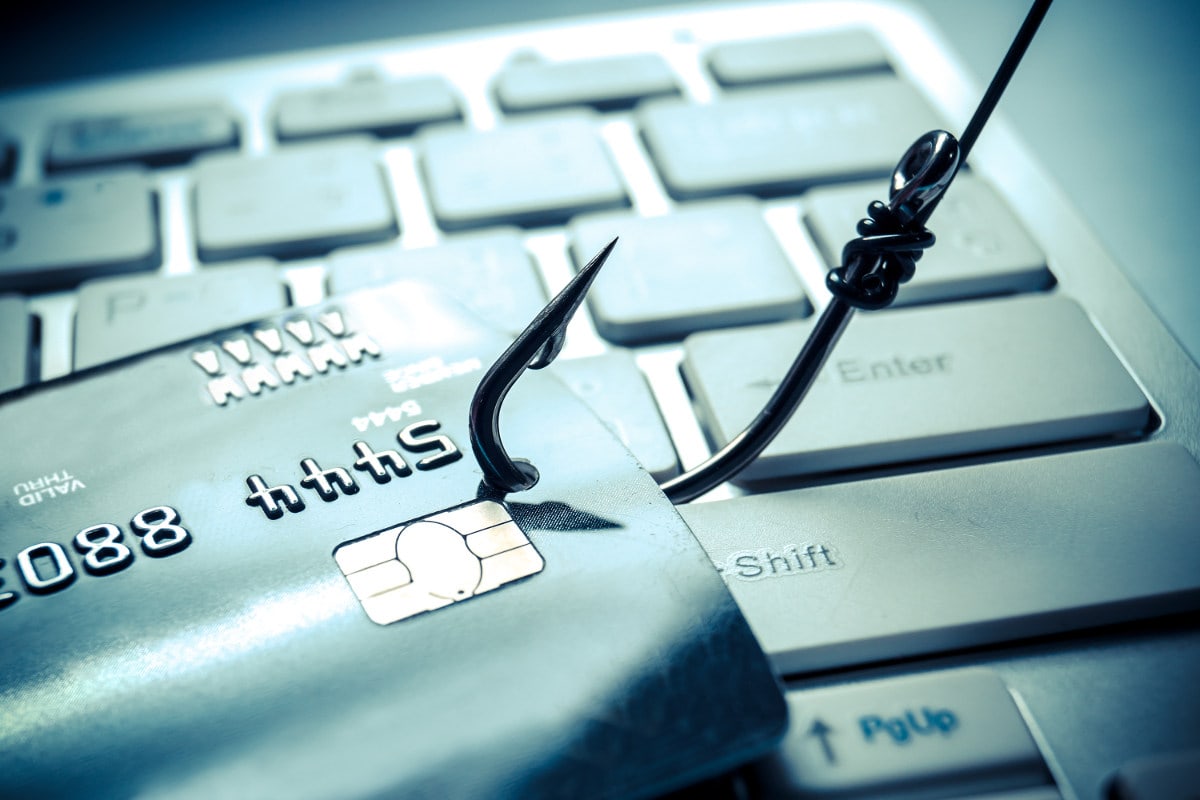
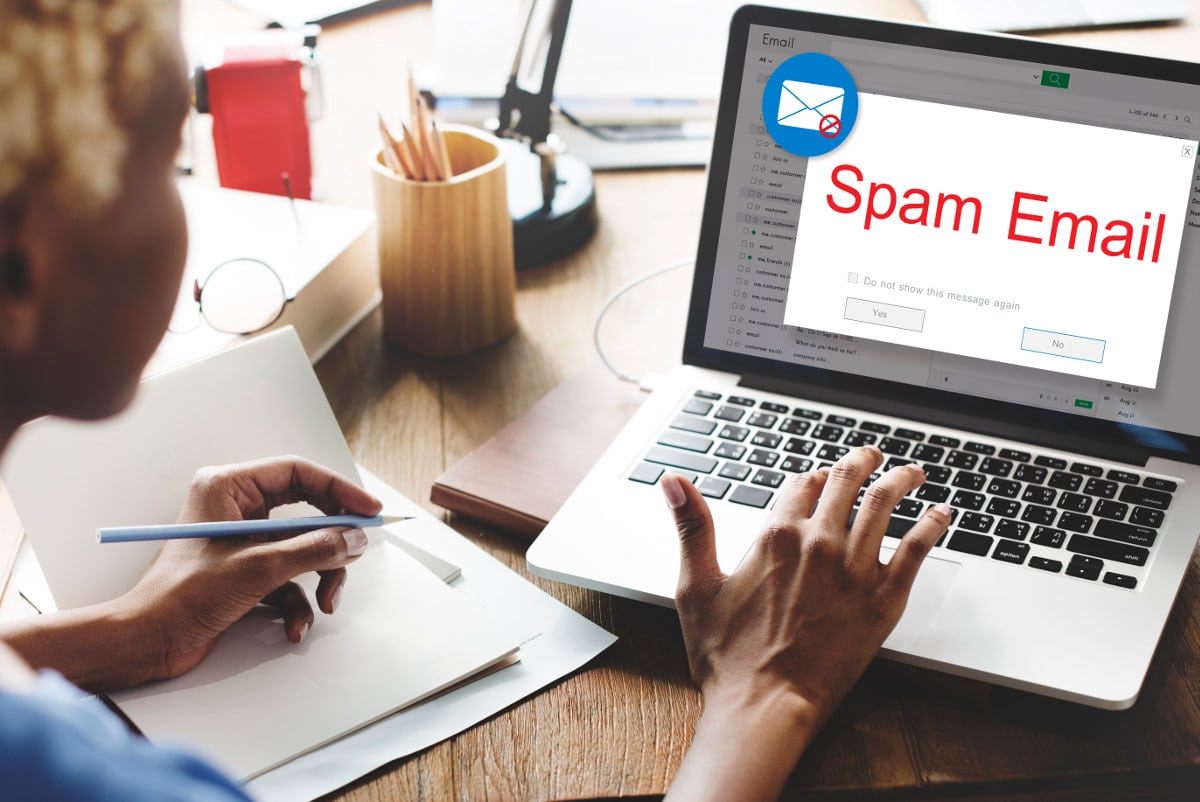
How To Recognize A Phishing & Spam Email
Identifying a phishing and spam email requires a generous application of common sense and caution and a solid awareness about common phishing patterns. Below we’ll outline several ways that you can identify a phishing email.
1. Poor grammar and punctuation
Professional email marketers take their time to create an email copy that is rigorously proofread and in accordance with branding guidelines. Emails that are poorly written with grammatical and spelling errors or show an illogical flow of content is most likely fraudulent.
2. Emails requesting personal information
Established brands will never ask for your sensitive information via email. Any message asking you to click on links to enter card details or change a password is certainly phishing email.
3. Alarming content
Another common phishing method is a message telling you things like your account has expired, your accounts have been hacked, and that you may lose some benefits or some other condition that puts you in panic. The content of the email is written trick you into clicking links and then ask you to log in your details.
4. Urgent deadlines
Any email written to invoke fear or a sense of urgency is most likely fraudulent. A hacker could send you a mail about limited validity discount offer, message about an expiring insurance policy or anything similar. Typically, such emails will direct you to complete an action immediately or lose valuable benefits.
5. Unrealistic financial rewards
If you receive messages offering you big prize money for something you never enrolled, getting a massive cash discount on things you never purchased or winning a lottery when you never apply for one are phishing emails. Hackers usually use these messages to redirect you to their website and then get your details.
6. Mis-matched domain name
Every email has a domain ending in microsoft.acme.com. Always compare the domain links that you might see in the mail by hanging over on the links. If this domain is not the same as Microsoft.com, then there is a good chance that this email is malicious.
How To Prevent Phishing & Spam Email
Spam mail can be difficult to avoid, but individuals and businesses can reduce the chances of falling victim. Some best practices to prevent phishing and spam emails include:
1. Keep up to date about phishing techniques
News about phishing emails is being developed all the time. You could accidentally fall prey to one without staying up to date with these new. You will be at lower risk of getting trapped by reading news about new phishing scams. For IT administrators, simulated phishing for all users, and ongoing security awareness program is highly recommended in keeping email & spam security top of mind throughout the organization.
2. Avoid clicking on unknown links
Clicking on links that appear in instant messages or random emails isn’t such a smart move. Hackers can trick you into clicking on links that redirect you to fake sites that look exactly like the real website and capture all your sensitive information. When in doubt of any link, go directly to the source rather than clicking a potentially dangerous link.
3. Install an anti-phishing toolbar
Anti-phishing tools provide a regularly updated database of known phishing domains. This tools quick checks on the sites that you are visiting and compare them to lists of known phishing sites. Anti-phishing tools will show you a warning sign about potential security threat every time you try to navigate to a registered domain.
4. Verify the site’s security
You shouldn’t run into any trouble of supplying sensitive information online as long as you are on a secure website. Make sure the site you visit URL starts with “https” before submitting any information, and there should be a lock icon near the address. You also need to check for the site’s security certificate and do not open the website if you receive a message stating a specific website may contain malicious files.
5. Be wary of pop-ups
Pop-ups can easily capture personal information and send to a different domain to the one showing up in your browser toolbar. Some hacker may even trick you into canceling pop-ups, don’t click on the “cancel” button instead, click the “x” icon in the upper corner of the window because such buttons can lead to phishing sites.
6. Use firewalls
Firewalls act as a defense between you, outside intruders and your computer. You should use two types of firewalls: a hardware firewall and a software firewall. When used together, they reduce the odds of phishers and hackers infiltrating your computer or your network.
7. Install antivirus software
Antivirus prevents your device from becoming host to viruses that may expose sensitive information on your computer. Therefore, you must install this software to prevent the virus from arriving on your company’s computers. It is better for those antiviruses to have an Email-scanning feature to provide more complex phishing defense.


What To Can I Do If I’m A Victim?
- Watch out for any unauthorized charges.
- Report your problem to the appropriate people within the organization, including network administrators, so that they can be aware of any unusual or suspicious activity.
- Consider reporting to your local police department, and file a report with the Federal Trade Commission or the Internet Crime Complaint Center.
- Get in touch with your financial institution as soon as possible and close your account if you believe it has been compromised.
Contact Us
Give us a call today at 604-359-5284 for your and your business Email and Spam protection.


Advanced Email Protection
Our Advanced Email Protection provides security, continuity to your email solution regardless of where it is hosted. (In house Exchange server, Google App Suite, or Office 365).
Our Advanced Email Protection Provides:
- URL/ Attachment Scan – Prevent malware and viruses hidden in attachments as well as malicious links. Attachments are sand-boxed and scanned against pre-defined policies. Links and malicious URLs are scanned, rewritten and accessed through a secure gateway and can easily be blocked, allowed and white-listed.
- Add an additional layer of business email continuity. Switching to continuity mode in the event of an email server failure allow users access to their emails through secured gateway. Easily integrated with Exchange servers, Office 365 and Google Apps.
- Archive, search and rapidly access emails through an encrypted, secure storage in multiple geographically-dispersed data centers. Email archiving enables comprehensive compliance, e-discovery and litigation support including legal hold, case management and data export.
- Large Files Send Easily allow users to send and receive files up to 2 GB without impacting your email system. Users can send from Outlook for Windows, Mac and mobile apps.
Give us a call today at 604-359-5284
More IT Security Services
Our Current Partners
GET IN TOUCH
"*" indicates required fields
Precision IT Consulting
206-8388 128st Surrey, BC V3W 4G2
604-359-5284
IT Support Service Locations:
• Vancouver • Langley • Surrey • Richmond • Burnaby • Coquitlam • Maple Ridge • Abbotsford





